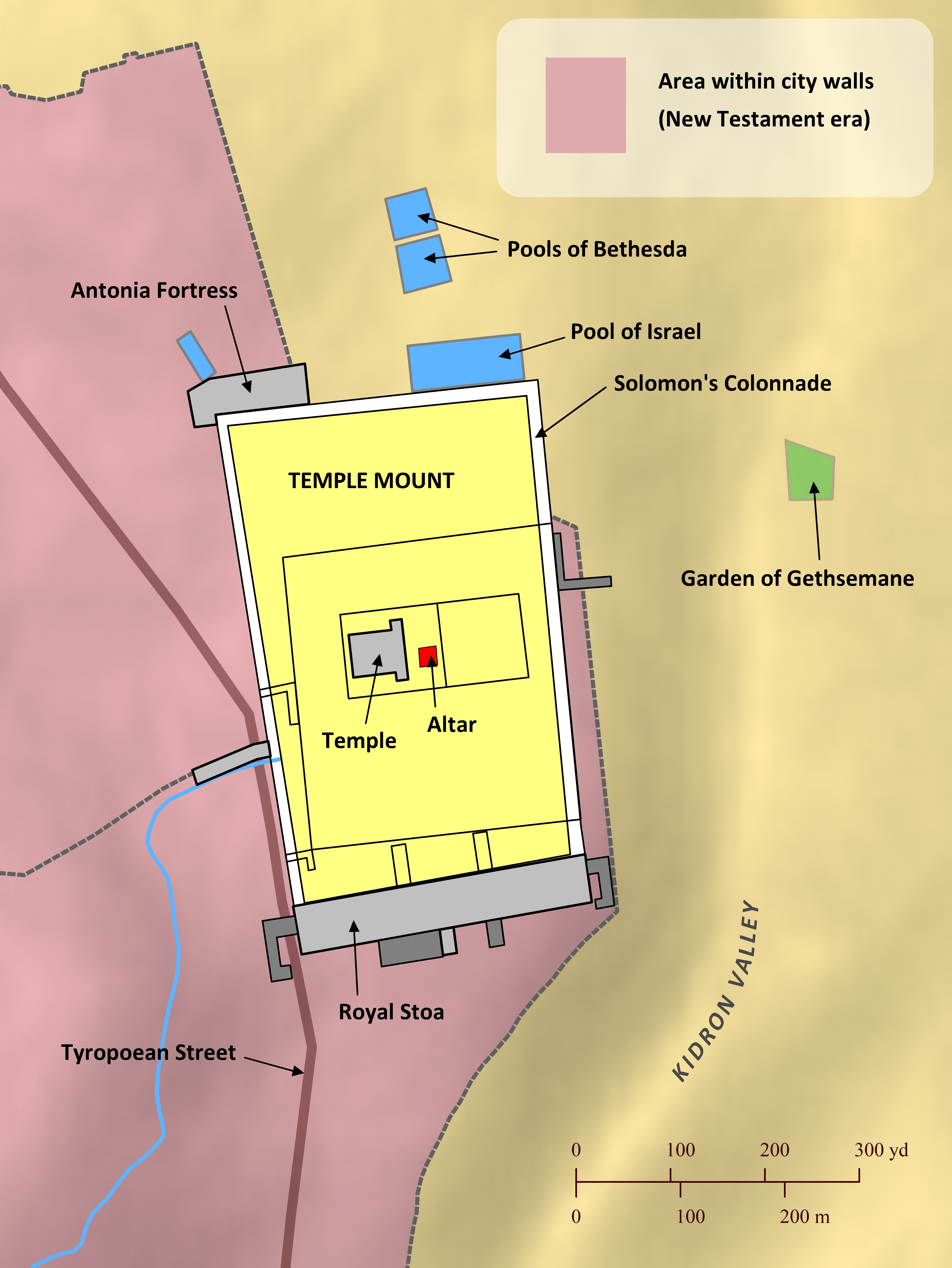2 Out of the captives that Babylonian King Nevukadnetstsar (Nebuchadnezzar) had brought as slaves to Babylon, these are their descendants who returned to Yerushalem in Yehudah—each person returning to their own ancestral town. 2 The ones who went with Zerubabel were: Yeshua, Nehemyah, Serayah, Re’elayah, Mordecai, Bilshan, Mispar, Bigvai, Rehum, and Ba’anah.
Their numbers were:
- 3 2,172 descendants of Farosh,
- 4 372 descendants of Shefatyah,
- 5 775 descendants of Arah,
- 6 2,812 descendants of Fahat-Moab, from the families of Yeshua and Yoab,
- 7 1,254 descendants of Elam,
- 8 945 descendants of Zattu,
- 9 760 descendants of Zakkai,
- 10 642 descendants of Bani,
- 11 623 descendants of Bevai,
- 12 1,222 descendants of Azgad,
- 13 666 descendants of Adonikam,
- 14 2,056 descendants of Bigvai,
- 15 454 descendants of Adin,
- 16 98 descendants of Ater, who descended from Hezkiyyah,
- 17 323 descendants of Betsai,
- 18 112 descendants of Yorah,
- 19 223 descendants of Hashum,
- 20 95 descendants of Gibar.
21 And from these towns:
- 123 from Bethlehem,
- 22 56 from Netofah,
- 23 128 from Anatot,
- 24 42 from Azmavet,
- 25 743 from Kiryat-Arim, Kefirah, and Be’erot,
- 26 621 from Ramah and Geva,
- 27 122 from Mikmas,
- 28 223 from Beyt-El and Ai,
- 29 52 from Nevo,
- 30 156 from Magbish,
- 31 1,254 from the other Elam,
- 32 320 from Harim,
- 33 725 from Lod, Hadid, and Ono,
- 34 345 from Yericho,
- 35 3,630 from Senaah.
36 The priests who returned:
40 The Levites who returned:
43 The temple servants who returned:
- The descendants of Ziha, Hasufa, and Tabaot,
- 44 the descendants of Keros, Siaha, and Fadon,
- 45 the descendants of Levanah, Hagavah, and Akkuv,
- 46 the descendants of Hagav, Shalmai, and Hanan,
- 47 the descendants of Giddel, Gahar, and Reayah,
- 48 the descendants of Retsin, Nekoda, and Gazzam,
- 49 the descendants of Uzza, Faseah, and Besai,
- 50 the descendants of Asnah, Me’unim, and Nefusim,
- 51 the descendants of Bakbuk, Hakufa, and Harhur,
- 52 the descendants of Bazlut, Mehida, and Harsha,
- 53 the descendants of Barkos, Sisera, and Temah,
- 54 and the descendants of Netsiyah and Atifa.
55 The descendants of Shelomoh’s (Solomon’s) servants who returned:
58 Altogether there were 392 descendants of temple workers and Shelomoh’s servants who returned.
59 Another group went from the towns of Tel-Melah, Tel-Harsha, Keruv, Addon, and Immer, but they didn’t know their ancestry from before they were taken as captives.
60 There were 652 people who were descendants of Delayah, Toviyyah, and Nekoda, 61 and from the sons of the priests: the descendants of Havayyah; the descendants of Hakkots; and the descendants of Barzillai, who took a wife from the daughters of Barzillai the Gileadite, so he was called by their name. 62 They had searched for their records among the genealogies, but couldn’t find their families listed, so they were disqualified to serve as priests. 63 Also the governor told them that they mustn’t eat any of the holiest food until a priest could use the Urim and Thummim to determine their status.[ref]
64 Altogether in this group, 42,360 people returned to Yehudah. 65 not counting their 7,337 male and female servants, plus 200 male and female musicians. 66 They also took 736 horses and 245 mules, 67 435 camels and 6,720 donkeys.
68 When some of the heads of families got to Yahweh’s temple in Yerushalem, they freely donated so that it could be rebuilt. 69 They each donated to the treasury according to their individual resources—a total of sixty-one thousand gold coins, five thousand silver bars, and a hundred sets of clothing for the priests.
70 So the priests and the Levites, and some of the people, and the singers, and the gatekeepers and the temple servants returned to live in their ancestral cities, and so all the Israeli cities had returnees living in them.[ref]
